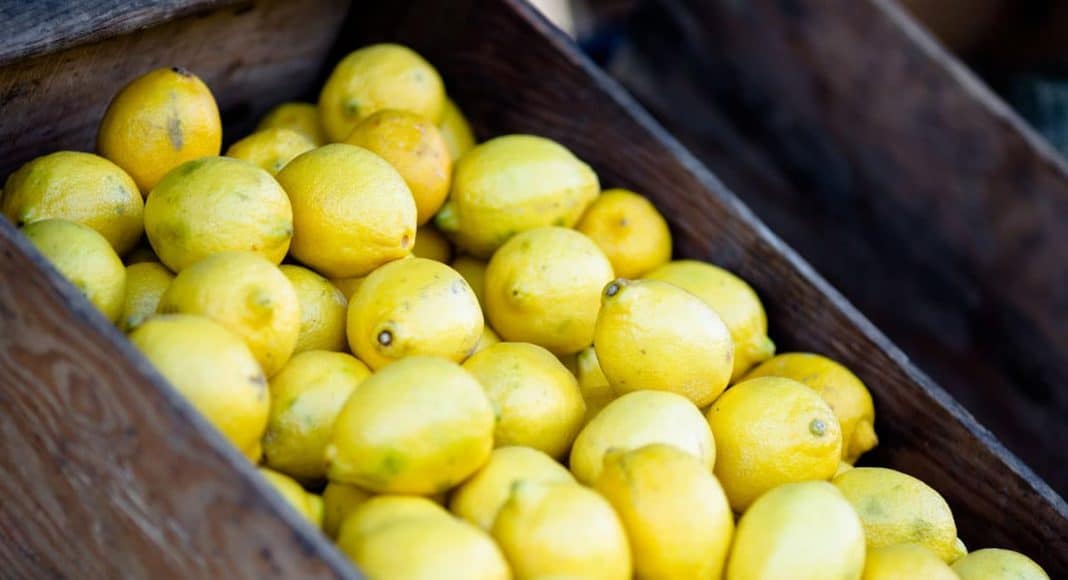Terpenes are a huge part of Mother Nature’s spice kit. When it comes to marijuana, some types are energizing, some are sedating; some are better for pain, others for inspiration. When you take a whiff of a cannabis and like what you smell, chances are your body is telling you that this is what it wants. That’s right: Your nose knows.
Terpenes provide the fragrance of foods and herbs. When you take a whiff of basil, for example, what you are smelling are the terpenes. Cannabis strains also have unique terpenes that provide the aroma. Some strains smell lemony (limonene) or spicy (caryophyllene) or floral (linalool) or piney (alpha-pinene).
Terpenes not only provide the smell, they have essential therapeutic benefits, as well.
According to Martin A. Lee, author, cannabis authority and director of Project CBD, scientists have identified the molecular structure of more than 20,000 terpenes, which compose the largest category of plant chemicals. Nearly 200 terpenes have been found in cannabis. The terpenoid profile varies wildly from strain to strain.
According to Lee’s research, here are some of the most prevalent terpenes and their medicinal value:
- Alpha-pinene (essential pine oil), the most common terpene in the plant world and one often found in cannabis, is a bronchodilator potentially helpful for asthmatics. Pinene also promotes alertness and memory retention by inhibiting the metabolic breakdown of acetylcholinesterase, a neurotransmitter in the brain that stimulates these cognitive effects.
- Myrcene, another terpene present in numerous cannabis varietals, is a sedative, a muscle relaxant, a hypnotic, an analgesic (painkiller) and an anti-inflammatory compound. This musky terpene contributes mightily to the infamous “couch-lock” experience and is the one that gives off the skunky aroma.
- Limonene, a major terpene in citrus as well as in cannabis, has been used clinically to dissolve gallstones, improve mood and relieve heartburn and gastrointestinal reflux. Limonene, an anticonvulsant, has been shown to destroy breast-cancer cells in lab experiments, and its powerful antimicrobial action can kill pathogenic bacteria.
- Linalool, a terpenoid prominent in lavender as well as in some cannabis strains, is an anxiolytic compound that counters anxiety and mediates stress. In addition, linalool is a strong anticonvulsant, and it also amplifies serotonin-receptor transmission, conferring an antidepressant effect. Applied topically, linalool can heal acne and skin burns without scarring.
- Beta-caryophyllene is a sesquiterpene found in the essential oils of black pepper, oregano and other edible herbs, as well as in cannabis and many green, leafy vegetables. It is gastro-protective, good for treating certain ulcers, and shows great promise as a therapeutic compound for inflammatory conditions and autoimmune disorders because of its ability to bind directly to the peripheral cannabinoid receptor known as CB2.
So the next time you smell skunk, you’ll know it’s the terpene myrcene. Relax and chill.


